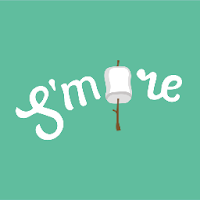Jennifer Colby mentioned in “2,445 Hour of Code” that by 2020 there will be 1 million more jobs available that will require computer skills. 2020 is not so far off as we are about to enter 2019, students needs to be at least introduced to these computer concepts and skills before they start thinking about what jobs are out there for them once they graduate.
Something that has stuck with me this semester is the different skills and thinking that can be acquired through makerspaces. Makerspaces can be hands on or digital which is where the coding and computer programing can be introduced. Makerspaces allow for students to work independently or collaboratively on anything that involves tinkering and making. This allows for students to learn perseverance as they try to figure out the best way in which to create or build. They develop a growth mindset as they explore the possibilities in front of them within the space.
Social media, blog shares, and digital curation is a way in which libraries can promote, explain, and provide resources for their makerspaces. These are also great advocating tools for libraries to use to acquire funding for makerspaces through school and district budgets along with grants. Low tech makerspaces incorporates the same skills as a high tech makerspace, but the high tech makerspaces are where the computer skills are more prevalent. Todd Burleson and Sally Smoller predicted maker and coding trends to keep accelerating in the coming years in “Librarians Share Their Predictions for Education Trends in 2017.” As I continue to learn more about makerspaces and maker programs, I plan to use what I have learned in this semester to help get my own program going.
Colby, J. (2015). 2,445 hours of code: What I learned from facilitating hour of code events in high school libraries. Knowledge Quest, 43(5), 12-17.
Sullivan, Brittany. (2016 Dec). Librarians Share Their Predictions for Education Trends in 2017. OOM Scholastic. Retrieved from http://oomscholasticblog.com/post/librarians-share-their-predictions-education-trends-2017
Ullman, Ellen. (2018 Dec). What's in Your Makerspace? eSchool News. Image retrieved from https://www.eschoolnews.com/2018/10/17/whats-in-your-makerspace/









